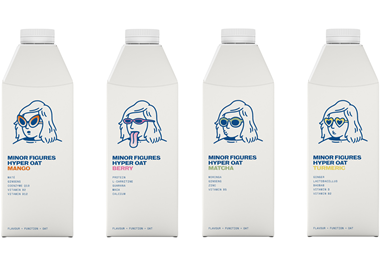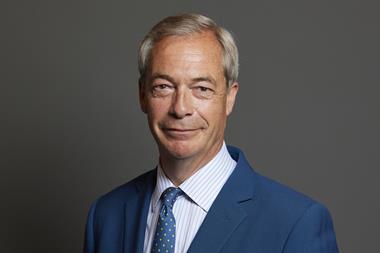The coalition wants to nudge, but the nannying instinct is still strong, as reaction to the Department of health’s proposals last week proved.
It was always going to be a difficult sell, to a vociferous lobby, backed by naïve journalists, to ask consumers to nudge consumption down and exercise up. That task was made impossible when it was decided to announce, via the Scientific Advisory Committee on Nutrition, that consumers could actually eat more than the calorie recommendations originally set in 1991.
The SACN pulled back from increasing the calorie count to the true level it scientifically established back in 2009, as revealed by The Grocer. But even the slightest adjustment upwards wasn’t going to wash, as it was so counterintuitive. Yet whether the bar is set, for men, at 2,550 (the original), 2,900 (the correct figure) or 2,605 (the new figure), is almost irrelevant because we none of us know how many calories we’re consuming every day. An experiment at a Provision Trade Federation dinner a few years ago demonstrated this brilliantly: asked to estimate the number of calories in the meal, on my table alone the discrepancy between estimates was over 2,800 calories, and almost everyone massively underestimated the alarmingly high total (3,700 calories, not including the drink, as I recall). Even the then head of nutrition at the Food Standards Agency was out by around 2,000 calories.
If you exclusively buy packaged goods (and who does?) you’ll still need a calculator and some scales and measuring jugs. (And who can be bothered?)
Jamie Oliver suggested last week that a bunch of kids could have done better than Andrew Lansley. Perhaps Jamie should offer a reward, like the £250k prize pledged by Next CEO Simon Wolfson this week for a solution to extricate countries from the euro without the eurozone going into meltdown although £250k sounds a tad stingy for the cure to these twin blights.
Close menu
- Home
- Retail & Wholesale
-
Products & Suppliers
- Back to parent navigation item
- Products & Suppliers
-
Product Categories:
- Back to parent navigation item
- Product Categories:
- Alcoholic drinks
- Bakery
- Cereals & breakfast
- Cheese
- Chicken & poultry
- Chocolate
- Confectionery
- Crisps, nuts & snacks
- Dairy
- Fish
- Fresh produce
- Frozen
- Household
- Meat
- Own Label
- Sauces & condiments
- Seasonal
- Soft drinks
- Vaping
- Vegan & plant-based
- World foods
- Suppliers
- People
- Reports & Data
-
Topics A-Z
- Back to parent navigation item
- Topics A-Z
-
Popular topics:
- Back to parent navigation item
- Popular topics:
- Cost of living crisis
- Crime
- Deposit Return Schemes
- Finance
- Government & Regulation
- Health
- Inflation
- Loyalty
- Marketing
- Mergers & Acquisitions
- New Product Development
- Sourcing
- Supply chain
- Sustainability & environment
- Technology
- Ultra Processed Foods
- Vaping
- A-Z all topics
- Content by type:
- Events
- Subscribe now
Editor's Comment: Fixing the obesity epidemic is as hard as fixing the euro
By Adam Leyland2011-10-22T00:00:00+01:00
Sign in to comment on this article
Not logged in before? Register for FREE guest access today.
You will be able to:
- Read more stories
- Receive daily newsletters
- Comment on stories
Advert



















No comments yet